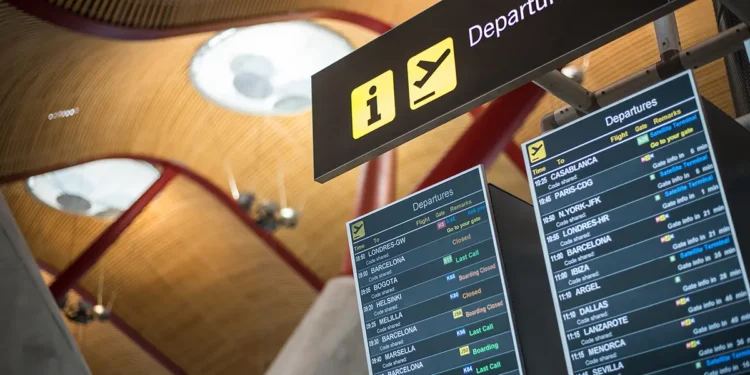Are you aware of the dos and don’ts of 2024 air travel rules updates to the rules and regulations coming to fruition? Here’s a rundown before you’re on the runway…
As the world of travel continuously evolves, staying up-to-date with the latest alterations in airport regulations and procedures is essential for a smooth and stress-free journey.
The year 2024 brings a myriad of adjustments to the familiar travel routines, some of which significantly deviate from the norms that international travellers have grown accustomed to. This comprehensive guide delves into these changes, ensuring you’re well-prepared for your next adventure.
Navigating The New Normal In Air Travel
One of the most notable shifts is the modification of the liquid hand luggage rule. For years, passengers have been restricted to carrying no more than 100ml of liquid in their hand luggage. However, a significant change is on the horizon.
In December 2022, the UK government announced a relaxation of this rule, allowing passengers to carry up to two litres of liquids in hand luggage by June 2024. This change – facilitated by the upgrade of security scanners – has already been implemented at London City Airport.
Yet, it’s crucial to note that this amendment currently applies only to UK airports. Travellers must remain vigilant about the existing liquid restrictions at international airports until they confirm the adoption of the new rules.
New EU Border Controls
The European Union’s new Entry/Exit System (EES), launching later this autumn, represents a significant overhaul of border control for non-EU citizens. This digital system will replace passport stamping with a process that records biometric data and personal information.
While aimed at streamlining security and data accuracy, its introduction may initially lead to longer processing times at EU borders. Historical transitions to digital border systems, like the Automated Passport Control kiosks in the USA, have shown that such changes can initially cause delays.
However, these are often short-lived as travellers and staff adapt to the new technology. To facilitate a smooth transition, travellers should anticipate potential delays, plan for extra time at airports and familiarise themselves with the EES requirements.
Over time, the EES is expected to enhance efficiency, mirroring global trends towards more streamlined and interconnected international travel experiences.

Adapting To Tourist Taxes And Child E-gate Policies
Tourist taxes are also seeing adjustments in various destinations. In an effort to manage tourist numbers, some locations are implementing new fees. Notably, Venice will introduce a €5 entry fee for day visitors and Amsterdam is set to increase its hotel room tax rate to 12.5%.
These changes emphasise the importance of budgeting for additional expenses when planning your travels.
In addition, the UK has made a welcome change to its e-Gate policies. Children as young as 10 years old are now eligible to use e-Gates, a drop from the previous age limit of 12.
These gates, which facilitate quick passport checks, are installed at major UK airports including Heathrow, Gatwick, Stansted, London City, Luton, Birmingham, Bristol, Cardiff, East Midlands, Edinburgh, Glasgow, Manchester and Newcastle. They are also in use at UK border controls at Eurostar terminals in Brussels and Paris, making family travel more convenient and efficient.
Embarking on your 2024 journey
As we look towards travelling, it’s evident that the landscape of international travel is evolving, with the premise on making the process easier for those looking to embark on a break, or business.
These developments, while potentially challenging at first, are steps towards more efficient and streamlined travel, hopefully the 2024 air travel rules will help.










